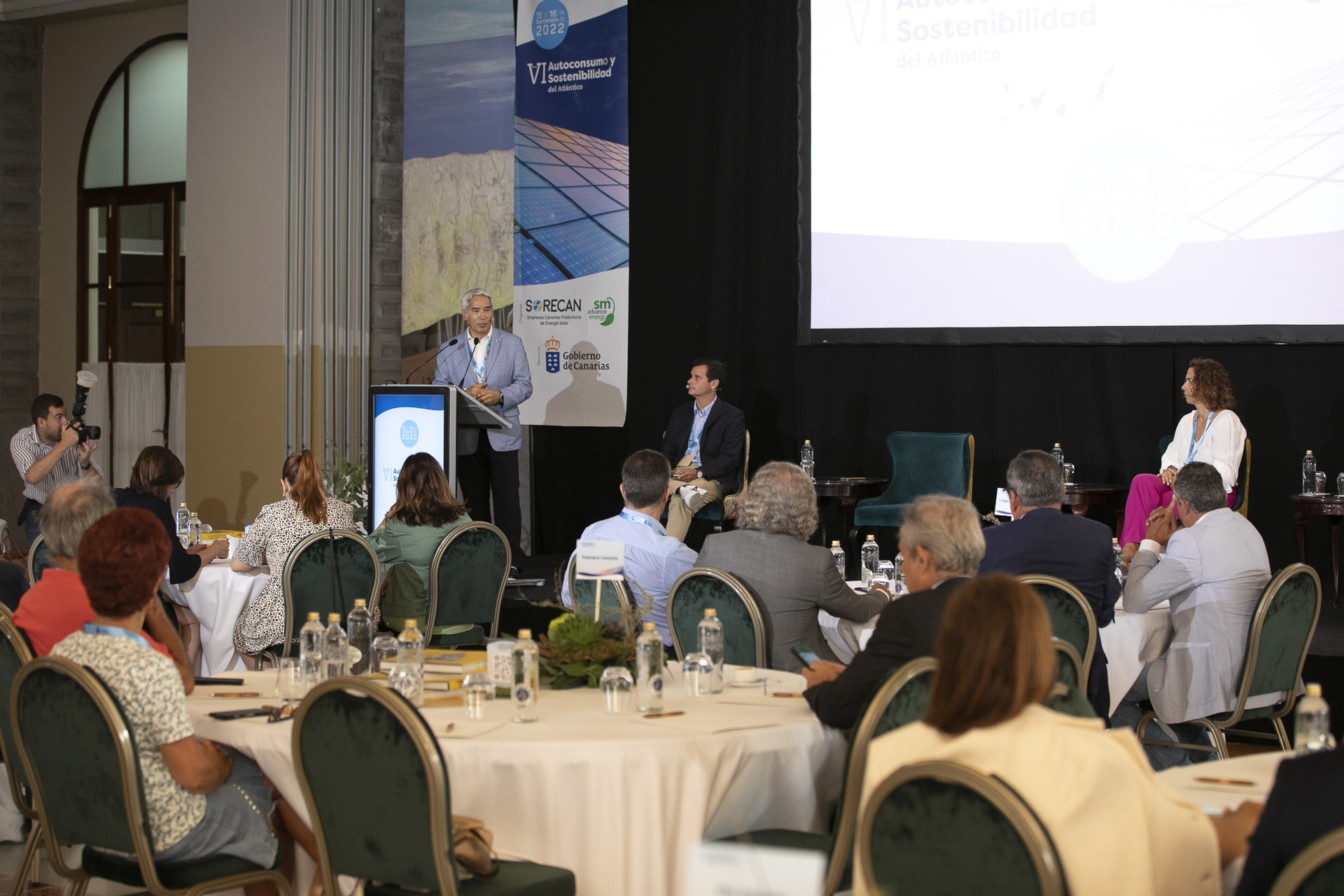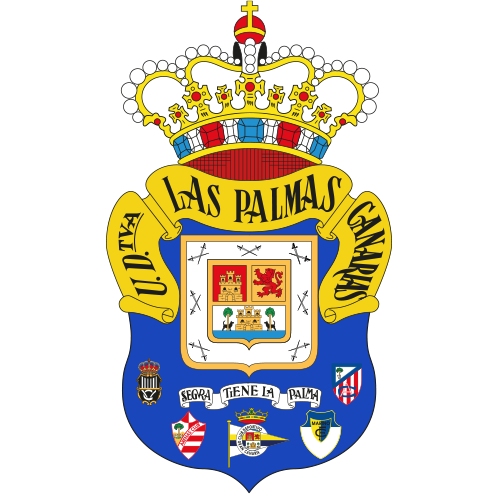
UD Las Palmas is planning to build a 13,000-square-meter solar facility at Barranco Seco.
In order to promote the Canary Islands as a crucial region for the energy transition, UD Las Palmas took part in the 6th Atlantic Self-Consumption and Sustainability Forum, which brought together experts and members of the business and political fabric.
The 6th Self-Consumption and Sustainability Forum was held at the Hotel Santa Catalina in Las Palmas de Gran Canaria over the course of two days. It was organized by the Association of Canary Islands Solar Energy Producers (SORECAN) and the solar energy provider SM Advance Energy.
This meeting gathered together specialists from the solar industry as well as leaders from the Canary Islands' economic and political fabric in order to promote the Canary Islands as a vital area for the energy transition.
The sixth edition was opened by Canary Islands President Angel Victor Torres and Cabildo de Gran Canaria President Antonio Morales. UD Las Palmas was invited to this edition, where the general director, Patricio Viñayo, declared the Sports City as a model of sustainability during the first block of presentations this Friday, which was dedicated to sustainable strategies in local bodies and enterprises.
The installation of a photovoltaic plant capable of producing 3,230,520.00 kWh/year, which is equivalent to planting 35,813 Canarian pine trees annually, was one of the improvements that the UD is pursuing in its sustainable infrastructure model that were mentioned during the presentation of the yellow entity. With a planned area of 13,000 square meters, this facility may save 2,506,88 tons of CO2 from being emitted each year.
Sports City, a model of energy efficiency
After three years of construction and a price tag of 24 million euros, the UD Las Palmas Sports City was officially opened on July 8, 2019, on a 12-hectare plot of land, of which 70,000 square meters are allocated to unique places for sports practice. It consists of three fields—two natural grass and one artificial—with drainage systems that enable rainfall to be collected and a significant portion of the irrigation water to be recovered and stored in cisterns.
The primary structure has three levels and behaves like a cave in terms of thermal inertia, eliminating the need for air conditioning while also boosting natural lighting and ventilation that use less energy.



